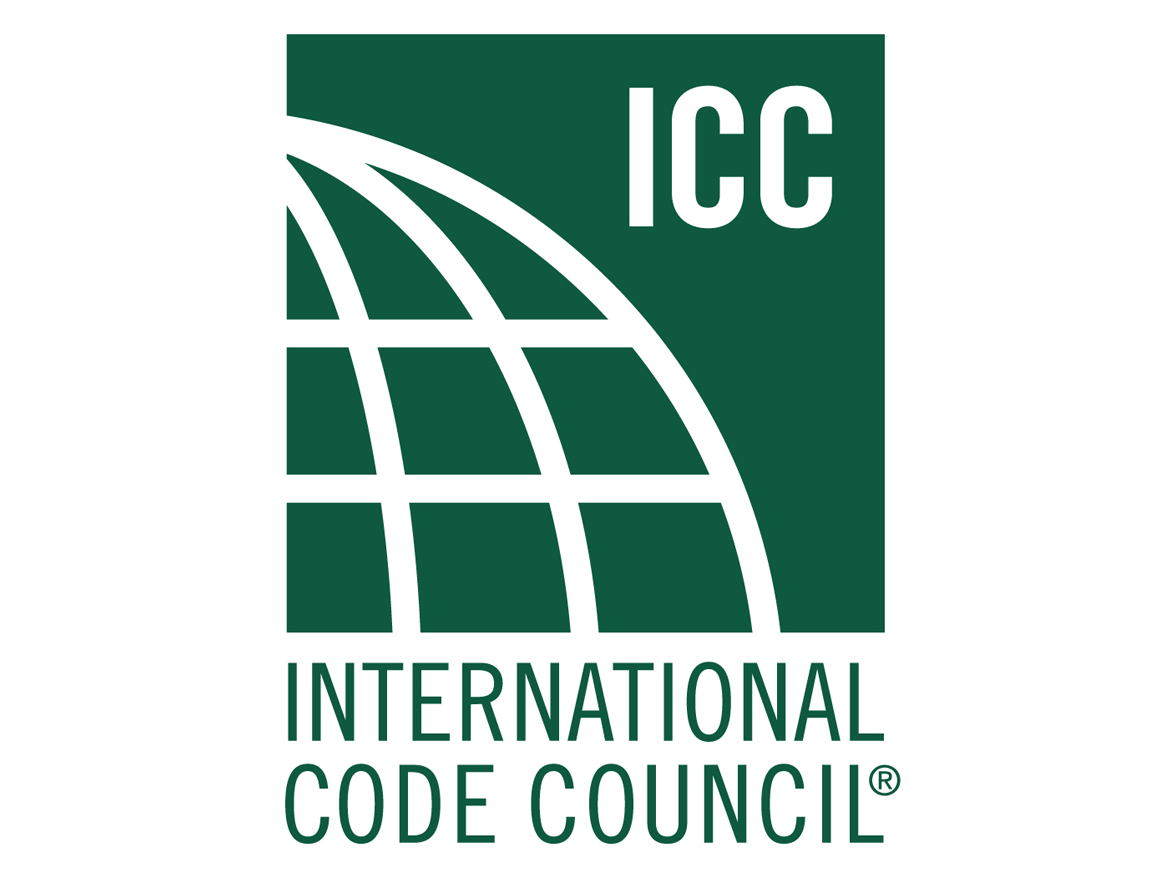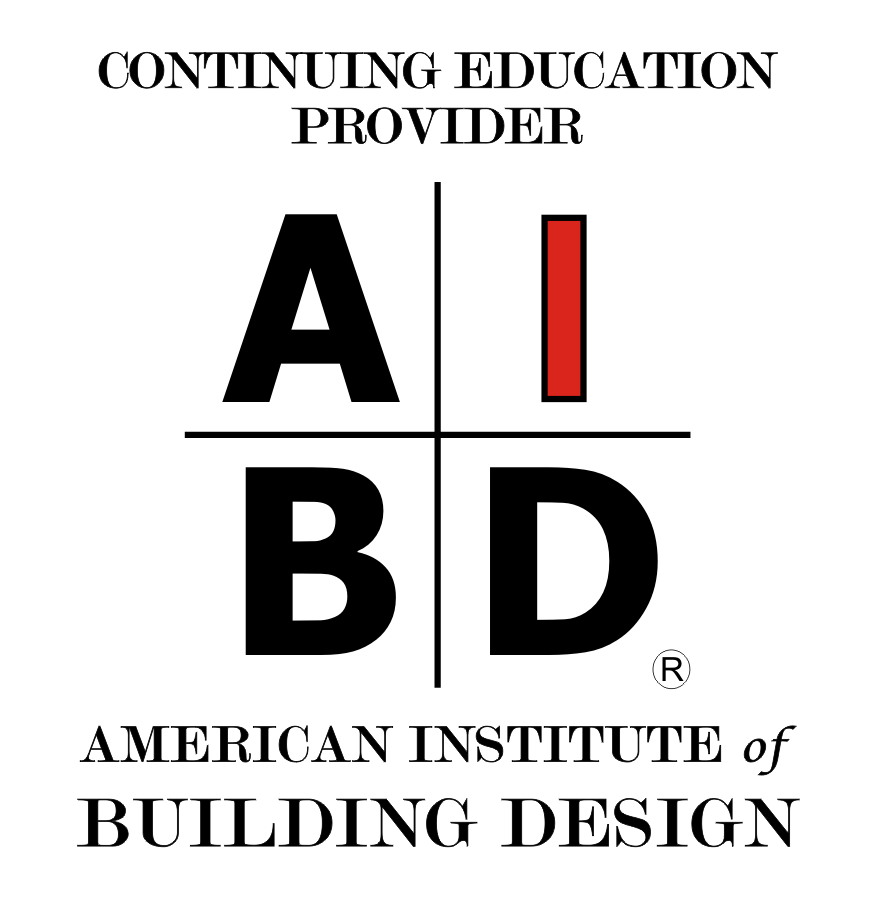Thermal Bridging Impacts on Multifamily Buildings (Mass and Wood Wall Construction)
The envelope system and typical energy loads commonly used
Sponsored by NYSERDA
In this course, we will be reference two prototype multifamily buildings to identify: Typical code requirements related to the envelope system and typical energy loads and envelope assemblies that are commonly used in this prototype. We will identify the common thermal bridges in these envelope assemblies and we’ll outline the impact those thermal bridges have on energy loads of the prototype Touch on the impact air leakage has on the energy loads of the prototype building and we’ll provide mitigations strategies for thermal bridging and air leakage. And finally, we’ll zoom out to discuss the impact building loads will have on the electric grid and the State of NY’s clean energy goals.

Photo courtesy of NYSERDA
LEARNING OBJECTIVES
- Describe ECCCNYS 2020 building envelope assembly thermal performance requirements in common multifamily assembly types.
- Comprehend the impact of envelope performance to building energy loads in multifamily buildings
- Identify common thermal bridges and other vulnerable points in conventional construction.
- Communicate design solutions that mitigate thermal bridging in construction.
- Explain how enclosure performance requirements support low-carbon multifamily buildings.












